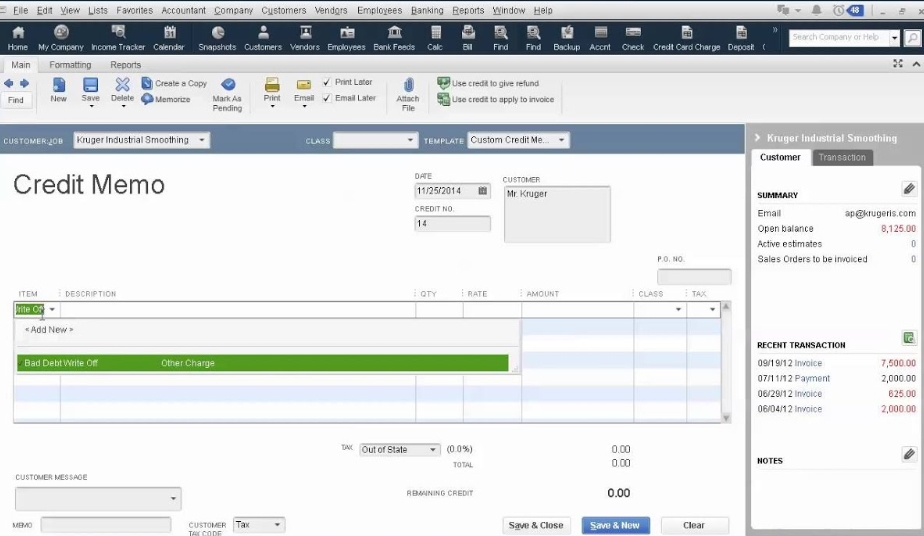Subsidized loan: Understand when to apply and how it works

Anúncios
Dealing with student loans can be exhausting, especially with several loan options available, including subsidized loan.
If you want to minimize debt and make smart financial choices during college, understanding the difference between subsidized and unsubsidized loans is essential.
Anúncios
These loans play a significant role in helping students cover education costs, but each type offers different benefits and drawbacks.
Knowing when to apply for a subsidized loan, how it works, and how it compares to other options can save thousands of dollars in the long run.
Anúncios
What is a subsidized loan?
A subsidized loan is a federal student loan designed to help undergraduate students cover educational expenses.
This means that while a student is enrolled at least half-time, during grace periods, or when the loan is deferred, no interest accumulates, reducing the borrower’s financial burden.
These loans are only available to students who demonstrate financial need, as determined by the FAFSA (Free Application for Federal Student Aid).
By easing the pressure of accumulating interest, subsidized loans give students the flexibility to focus on their studies instead of immediate repayment concerns, making them particularly appealing to those aiming to minimize long-term debt.
What is the difference between a subsidized and an unsubsidized loan?
While both subsidized and unsubsidized loans fall under federal student loan programs, they differ significantly in terms of eligibility, interest management, and borrowing limits.
Understanding these differences is crucial for students seeking to finance their education efficiently.
Who can apply?
Subsidized loans are limited to undergraduate students with proven financial need. Eligibility is determined by each school based on the information provided in the student’s FAFSA.
Unsubsidized loans are available to undergraduate, graduate, and professional students, and financial need is not required.
Essentially, anyone enrolled in an eligible program can apply for unsubsidized loans, regardless of income level.

Eligibility Period
One of the main advantages of subsidized loans is that the federal government covers the interest while the student remains enrolled at least half-time, during grace periods, and deferments.
This prevents loan balances from growing over time, making repayment more manageable.
In contrast, unsubsidized loans begin accruing interest as soon as the loan is disbursed, and if unpaid, the interest is added to the principal, potentially increasing the debt burden after graduation.
Loan amount limits
The amount a student can borrow with subsidized loans is limited and varies yearly. For example, dependent undergraduate students in their first year can typically borrow up to $3,500, with a lifetime cap of $23,000.
Unsubsidized loans offer higher limits. Dependent students can borrow up to $5,500 annually, with a lifetime cap of $31,000.
Independent undergraduate students can borrow up to $12,500 per year, while graduate students may access up to $20,500 annually.
The cumulative limit for independent undergraduates is $57,500, and for graduate students, it reaches $138,500, including any subsidized loan amounts.
Interest rates and fees
Both subsidized and unsubsidized loans come with competitive interest rates set by the federal government.
As of 2022, undergraduate students pay a fixed interest rate of 4.99% for both types of loans.
Graduate students taking out unsubsidized loans typically face higher rates, such as 6.54% for graduate loans or 7.54% for PLUS loans.
These loans also carry a small origination fee, usually deducted from the loan amount upon disbursement, currently set at 1.057%.

Which loan is better: Subsidized or Unsubsidized?
Choosing between subsidized and unsubsidized loans depends on the student’s financial situation and eligibility.
If a student qualifies for subsidized loans, this is usually the best option since the government covers interest during school and other specific periods, reducing long-term debt.
This benefit ensures students do not leave school with more debt than they initially borrowed, making repayment more manageable.
However, unsubsidized loans are valuable for students needing additional funds beyond what subsidized loans offer or for those attending graduate school, where subsidized loans are unavailable.
Borrowers must be prepared to pay interest while in school or face the impact of compounding interest, which can increase the loan balance over time.
For students eligible for both types of loans, the best strategy is to maximize subsidized loan amounts first.
Only after exhausting these options should they turn to unsubsidized loans to cover any remaining educational costs.
Differences between federal and private loans
Federal student loans, including both subsidized and unsubsidized options, offer more advantages compared to private loans, especially regarding borrower protection and repayment flexibility.
Federal loans feature fixed interest rates, which remain consistent throughout the loan’s term.
In contrast, private loans often come with variable rates that may increase, leading to unpredictable payments.
Repayment options are also more flexible with federal loans. Borrowers can choose from multiple plans, including income-driven repayment and loan forgiveness programs for public service workers.
Private loans rarely offer such options, leaving borrowers with fewer alternatives during financial hardship.
Additionally, federal loans allow deferment and forbearance during challenging times, while private loans may have stricter policies and limited relief options.
Another key difference is that federal loans do not require credit checks or cosigners, making them accessible to most students.
On the other hand, private loans often require good credit or a cosigner to secure favorable terms, making them less accessible for many borrowers.
Given these factors, students are generally advised to prioritize federal loans before considering private loan options.

How to obtain a subsidized loan
Applying for a subsidized loan involves several steps, starting with the FAFSA.
Students should complete the FAFSA as early as possible to ensure they are considered for all available financial aid.
FAFSA collects financial information from students and their families, which is used to determine eligibility for various aid programs, including subsidized loans.
After FAFSA processing, students receive financial aid offers from their schools. If they qualify for a subsidized loan, the offer will include the loan amount they are eligible to receive.
Students then decide how much of the loan to accept. They can accept the full amount or just a portion, depending on their financial needs.
First-time borrowers must complete entrance counseling, ensuring they understand the loan terms, repayment obligations, and the consequences of default.
Finally, borrowers must sign a Master Promissory Note (MPN), a legal agreement to repay the loan according to the specified terms.
Once these steps are completed, the loan funds are disbursed directly to the school, typically applied to tuition, fees, and other educational expenses.
Any remaining funds may be provided to the student to cover living expenses.
Subsidized loans are an excellent option for undergraduate students with financial need. Meanwhile, unsubsidized and private loans can meet additional financial needs, especially for graduate students.
Understanding the differences between these options can help make careful financial decisions that positively impact the future.
If you want to keep exploring tips and advice for safer and more efficient financial management, visit our site regularly for updates and new content!
Looking for a suggestion? Check out our content explaining how to negotiate credit card debt!





